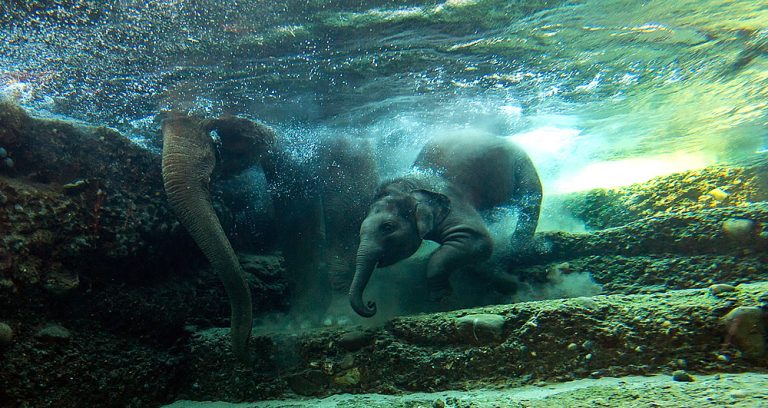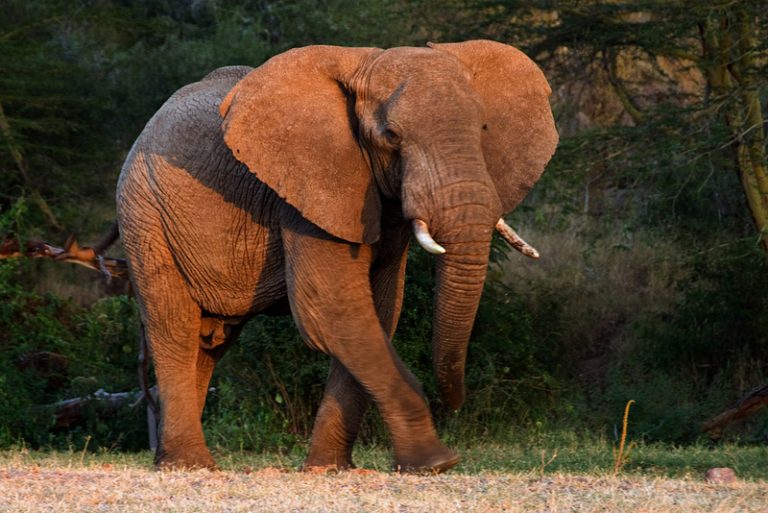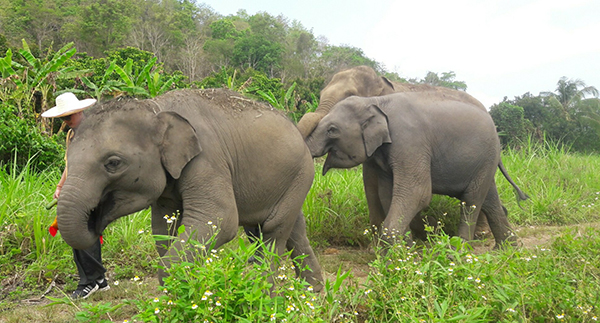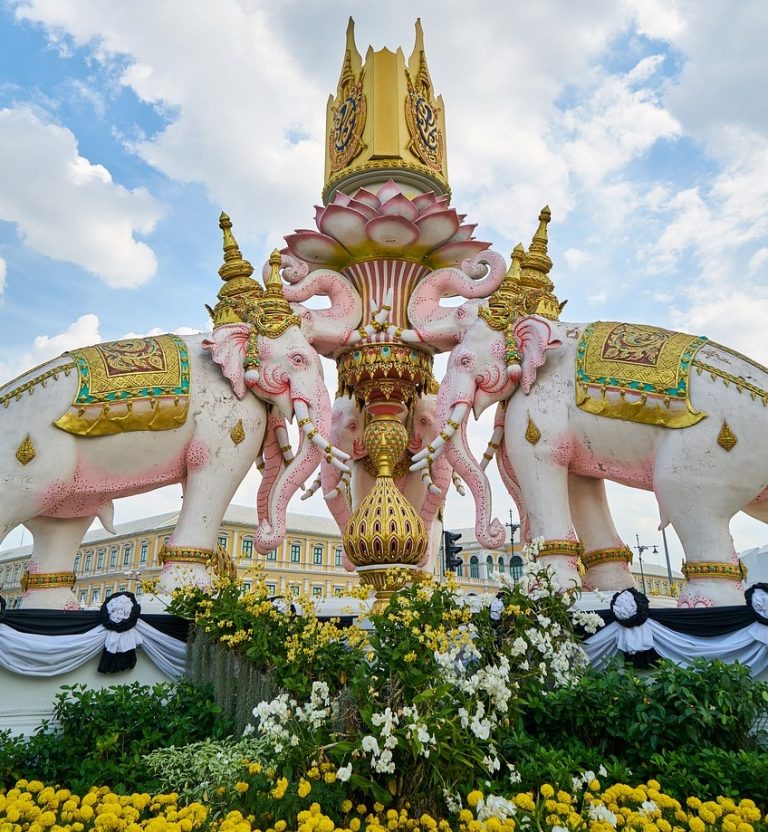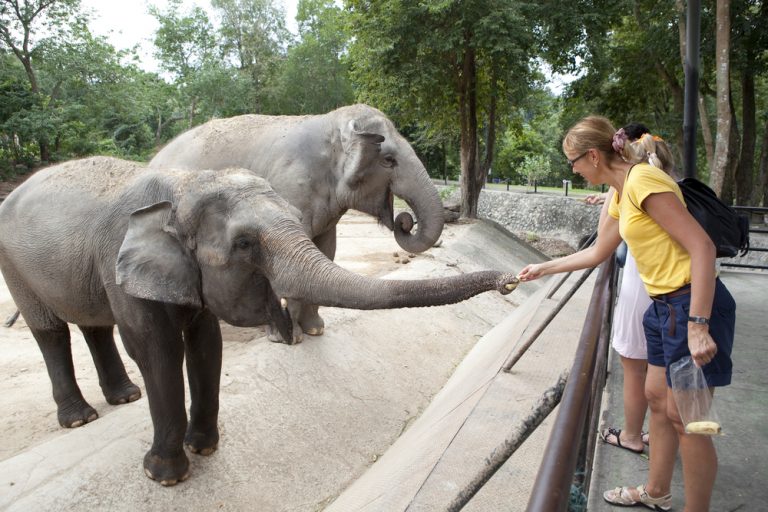10 Shocking Facts About The Elephant Entertainment Industry
Here are the facts about what really happens behind the scenes in the Elephant Entertainment Industry.
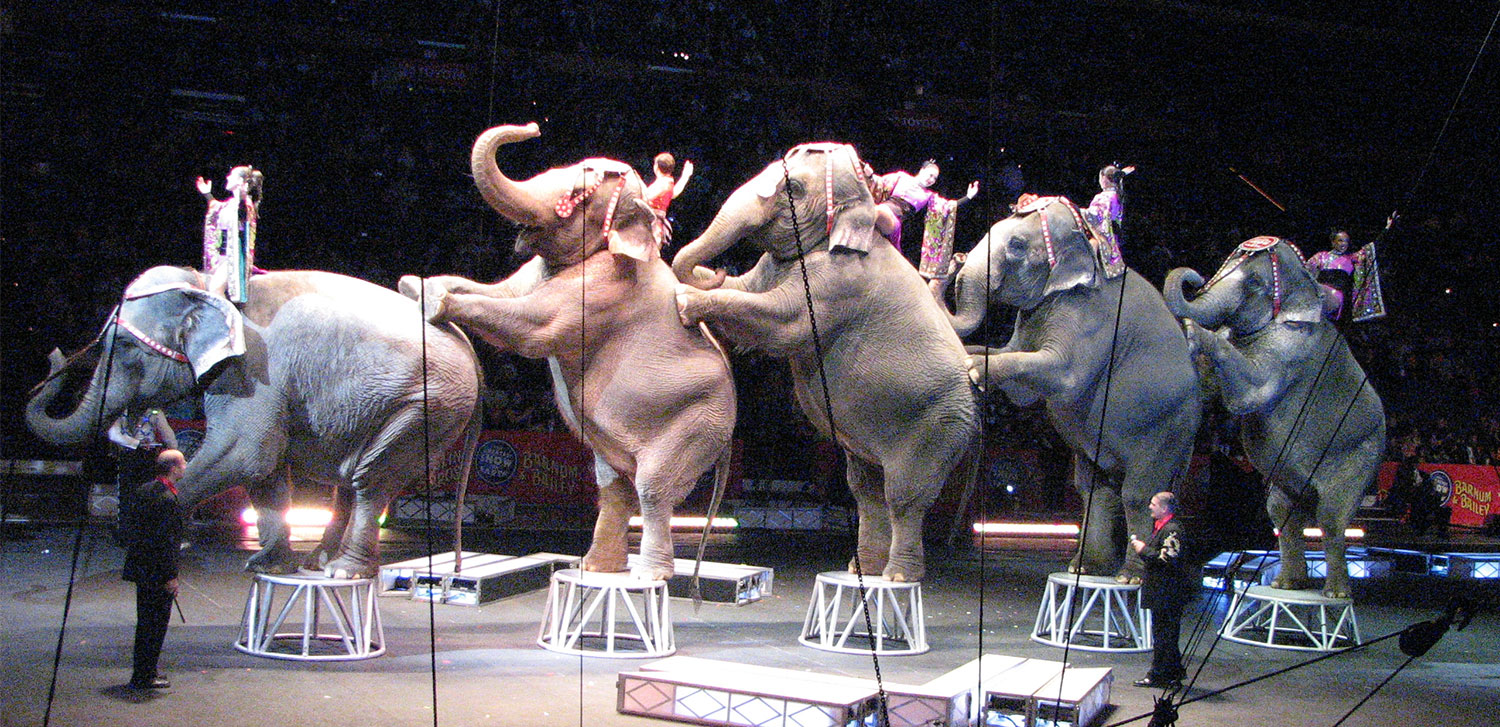
If you’ve ever taken an elephant back ride or watched an elephant show at a circus or other amusement center, you may have wondered how their keepers are able to keep these towering animals in line.
There are two main species of elephant today: the Asian and African elephants. And though the African elephant is generally larger, both species collectively are the largest terrestrial creatures on earth today. But, the Asian elephant in particular is used for several entertainment ventures. Especially in countries like Thailand.
So why is this practice so popular?
Do these creatures receive the care they need?
You’ll need to read on to learn the shocking truth and facts about elephant entertainment:
10 Shocking Facts About The Elephant Entertainment Industry.
1) Baby Elephants Are Separated From Their Families Forcefully.
Elephants are emotional, intelligent beings with tightly knit family units. They manifest signs of depression and homesickness when they are separated from their kind and captured by humans.
It’s not rare to hear them crying out for their loved ones.
Worst of all, their captors know that the only way to enslave them is to trap them while they are still babies. These unfortunate baby elephants are suddenly torn away from their mothers at a very tender age and sold into a life of uncertainty.
2) The Capture Itself Is Brutal And Inhumane.
Elephant calves always stick very close to their mothers and other family members. So how are the hunters able to isolate these calves and also sometimes capture full-grown elephants?
In fact, there are several methods by which these elephants are captured: some more popular than others.
- A whole herd can be captured using what is called a Stockade (khedda in Hindi). Female decoy elephants are trapped to attract a wild herd. Once the herd is enclosed, the elephants are starved for days until they submit.
- If the herd is particularly “troublesome,” the hunters may cut them with knives to aid their subjugation.
- Hunters can use the Pit Method. They deep a deep pit and cover it with bamboo and other vegetation so unsuspecting elephants can fall in. Sometimes the animals are severely injured especially the very large elephants because of the impact at the bottom of the pit.
- Another method is called mela shikar and it involves chasing and noosing the wild elephants out in the open.
- In every method, over protective females may be killed to allow the hunter take the calf.
3) Elephants Are Not Designed For Domestication.
These are wild, very large, and extremely powerful creatures.
Did you know that an elephant, for instance, can uproot an average sized tree?
Obviously they belong in the wild and they are not easily domesticated. Whenever you see elephants that appear domesticated and submissive to humans know that their bodies, and spirits, have been broken in cruel and torturous training processes.
4) Captive Elephants Must Undergo A Painful Training Process.
Captive elephants are traditionally trained through a process called “phajaan.” The aim is to break the young elephants spirit or separate it from its wild spirit to a more humble and domestic one.
How do the captors achieve this?
The traditional training process known as ‘phajaan’ inflicts starvation and torture upon young calves to break their wild spirits. This practice has its origin in India and Southeast Asia.
- The trainers will abuse them using electric shocks, metal nails, and sharp metal-tipped sticks called “bullhooks.”
- They will starve them of water and food for extended periods of time.
- Also, they will yell at them, chain them for hours and tie them up with ropes when they misbehave.
- Some trainers even die in the process when the animal revolts.
The young elephants are tortured until they are so fearful they will obey any command to avoid more pain!
5) Circuses In Particular Are Likely The Worst Places For Elephants.
Circuses particularly in many Asian countries are known for the very poor sanitary conditions under which these elephants are kept.
Many captive elephants go on to develop health problems like arthritis, and foot infections, etc.
Elephants that refuse to submit after capture are eventually shot.
Below is a video showing a performance at a circus. Notice the unnatural tricks the animal is made to perform.
6) Many Captive Elephants Will Die Long Before Their Mates In The Wild.
Maintain an elephant is not a small, or cheap endeavor. This is animal that should eat up to 500 or more pounds of food a day and drink up to 50 gallons of water. Even the best zoos may struggle to cope.
Therefore you can imagine what happens in the poorer, remote and poorly funded zoos. Abuse and poor diet are some of the factors that will shorten an elephant’s lifespan.
7) Many Of These Elephants Show Signs Of Malnutrition And Hunger.
If you look carefully at many pictures of tourists enjoying back rides on elephant’s, you may notice how gaunt and miserable the majority of the animals look.
Compare those pictures with elephants in the wild. You will be shocked.
The reason is that the mahouts and caretakers really don’t make enough money to take of their families and feed the elephants well as the same time. So the animal will suffer.
8) The Captors Are Exploiting Your Love For The Elephants.
The tourists are not to be blame for all this: the captors are. They know that you love animals and that you want to get as close to these majestic creatures as possible. So they force the animals into submission and make you pay to see them, pet them, take pictures with them and so on.
9) Elephant Entertainment Is About Money: Nothing More.
Regardless of what the elephant entertainment industry would have you believe, elephant captivity and shows are not about research, education, or helping the elephants.
They want your money: plain and simple.
10) The Mahouts Acknowledge Their Wrong But They Won’t Stop.
The mahouts that work with these elephants can see the signs of distress in the animals. Repetitive behaviors, crying, and psychological trauma are common. But, they often tell tourists that they can’t stop because they won’t be able to feed their animals otherwise.
But that’s a lie. If they tried hard enough, they would find other means of livelihood that don’t hurt animals.
Strangely, despite several conservation laws to protect elephants, they are still not safe from greedy humans. When they are not capturing them for entertainment, they are killing hundreds of elephants every year just for their ivory tusks. This happens especially in Africa.
So, remember. The next time you pay for that elephant ride or show, you are indirectly sending a message to the hunters back in Asia “go out and capture more baby elephants.”

